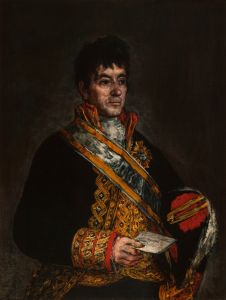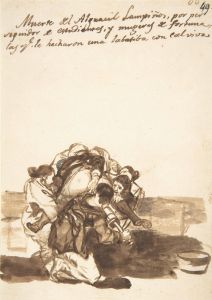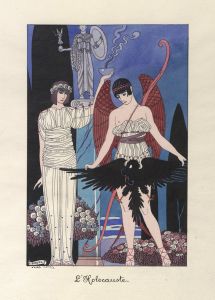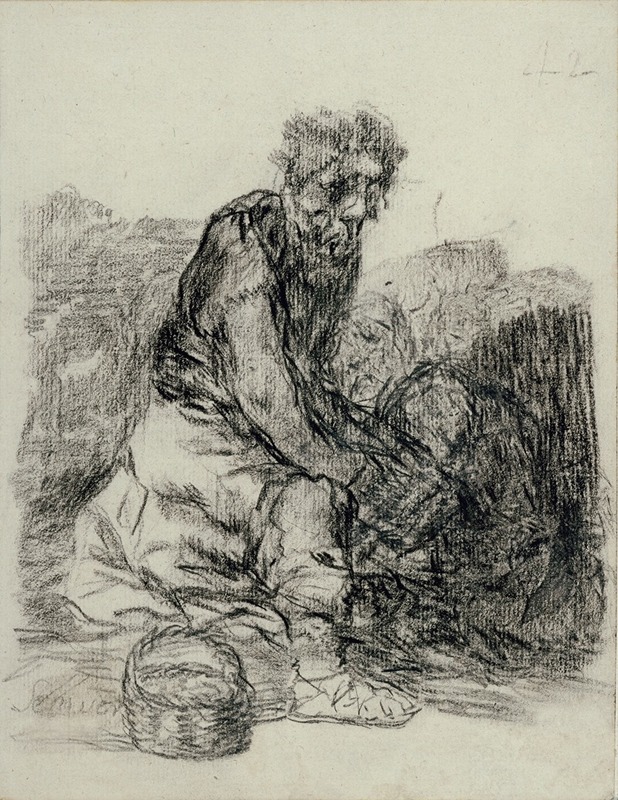
They are Dying
A hand-painted replica of Francisco de Goya’s masterpiece They are Dying, meticulously crafted by professional artists to capture the true essence of the original. Each piece is created with museum-quality canvas and rare mineral pigments, carefully painted by experienced artists with delicate brushstrokes and rich, layered colors to perfectly recreate the texture of the original artwork. Unlike machine-printed reproductions, this hand-painted version brings the painting to life, infused with the artist’s emotions and skill in every stroke. Whether for personal collection or home decoration, it instantly elevates the artistic atmosphere of any space.
Francisco de Goya, a prominent Spanish painter and printmaker, is renowned for his profound impact on the art world, particularly during the late 18th and early 19th centuries. Among his extensive body of work, Goya is celebrated for his ability to capture the complexities of human emotion and the darker aspects of society. However, there is no widely recognized painting titled "They are Dying" attributed to Francisco de Goya. It is possible that the title may refer to a lesser-known work, a misinterpretation, or a different title in translation.
Goya's oeuvre includes a variety of paintings, drawings, and prints that explore themes of suffering, death, and the human condition. His famous series "The Disasters of War" (Los Desastres de la Guerra), created between 1810 and 1820, consists of 82 prints that depict the brutalities of the Peninsular War and its aftermath. These works are characterized by their stark realism and haunting imagery, capturing the horrors of conflict and the suffering of individuals. While "They are Dying" is not a recognized title within this series, the themes it suggests are consistent with Goya's exploration of human suffering.
Another significant work by Goya that delves into themes of mortality and despair is "The Black Paintings" (Las Pinturas Negras), a series of murals he painted on the walls of his home, Quinta del Sordo, between 1819 and 1823. These paintings, later transferred to canvas, include some of his most enigmatic and disturbing images, such as "Saturn Devouring His Son" and "Witches' Sabbath." The Black Paintings reflect Goya's introspection and his preoccupation with the darker aspects of human nature and existential dread.
Goya's work is often seen as a precursor to modern art movements, with his unflinching portrayal of reality and his innovative techniques influencing later artists. His ability to convey deep emotion and critique societal issues has cemented his legacy as a pivotal figure in art history.
If "They are Dying" is a reference to a specific work or series by Goya, it may be beneficial to consult more specialized art historical resources or databases for further information. As of now, there is no widely acknowledged painting by Goya under this title, and it does not appear in major catalogues of his work. Therefore, without additional context or clarification, it is challenging to provide a detailed description or analysis of a painting by this name.





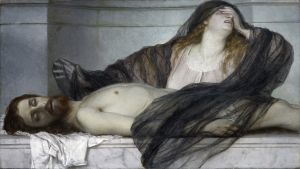
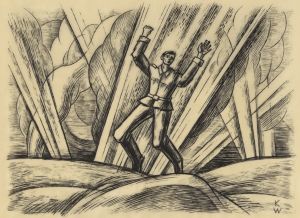
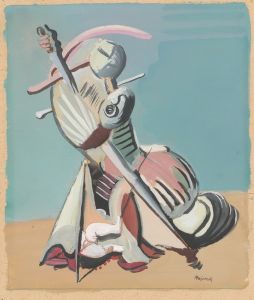
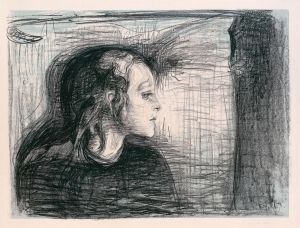
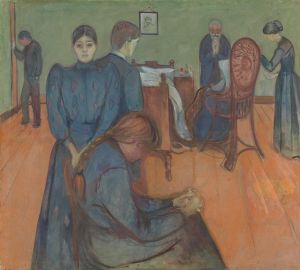
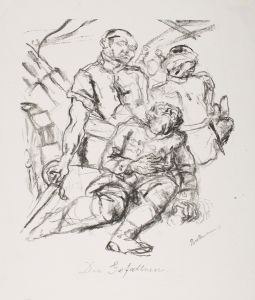

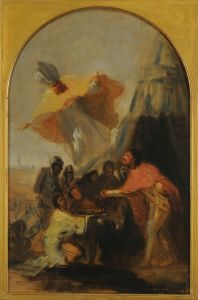
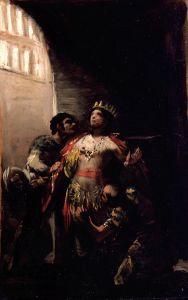
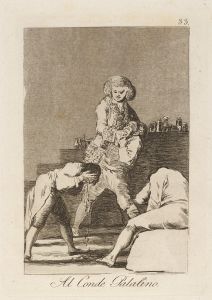
![Two Heads Are Better Than One [Poor Folly]](/imgs/264668/s/francisco-de-goya-two-heads-are-better-than-one-poor-folly-401b05c1.jpg)
